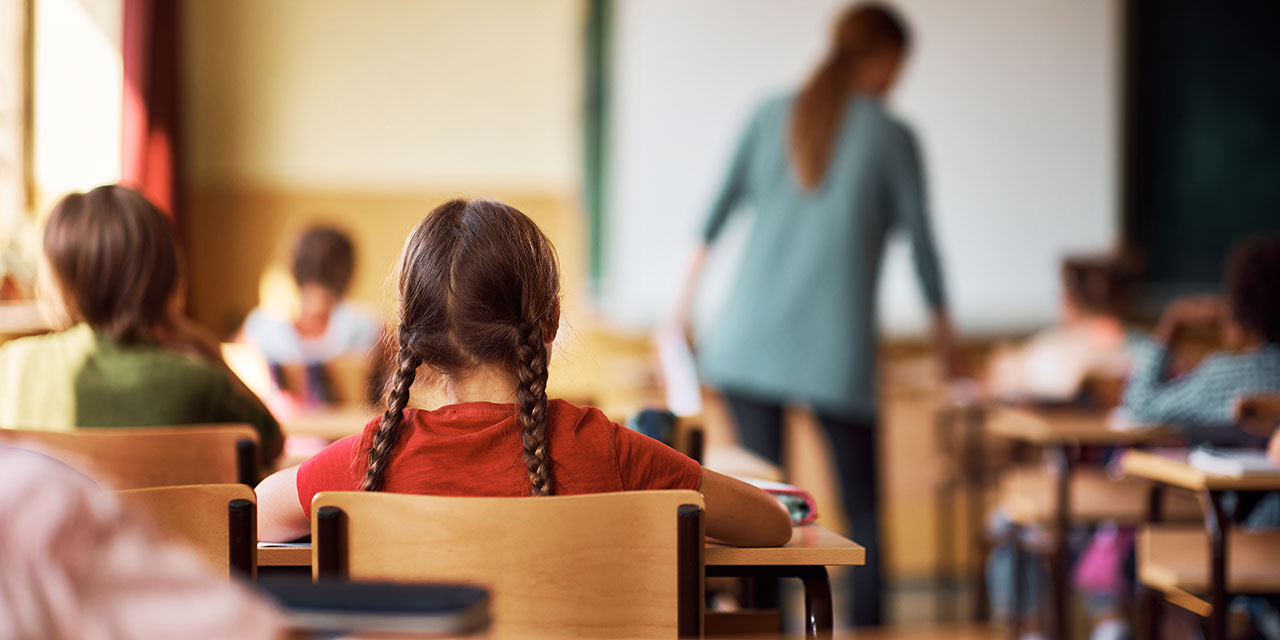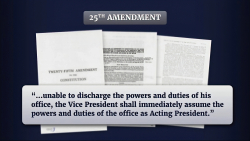
Families in Florida will soon have more options to secure a good education for their children, thanks to a new state law expanding Schools of Hope, a program that seeks to attract high-performing charter schools to districts with low-performing schools.
While other pathways exist for opening charter schools in Florida, the Schools of Hope program offers special advantages—including tax breaks and expedited approval—for charter operators launching schools in areas with urgent educational needs. To receive the Schools of Hope designation, charters must meet a rigorous set of standards to ensure they provide a strong, viable alternative to traditional public schools.
Finally, a reason to check your email.
Sign up for our free newsletter today.
So far, the pace of openings has been slower than expected. Since the program’s 2017 launch, only 12 charters have opened under the Schools of Hope banner.
A new law introduces several reforms aimed at accelerating the growth of Hope Schools. First, it expands the definition of “persistently low-performing schools,” now including traditional public schools that rank in the bottom 10 percent statewide in reading and math performance for at least two of the past three years. The previous standard was restricted to traditional public schools that had earned lower than a C in three out of five years and had not earned at least a B in the recent two years. Charter operators are also not solely restricted to opening schools within a five-mile radius of a failing school. And charter operators can receive authorization from Florida state universities, bypassing local school boards, which can be hostile to approving charter schools.
Perhaps the most contentious reform was to allow colocation—that is, letting Schools of Hope charters operate in traditional public schools’ vacant or unused facilities. Critics claim that the policy unfairly strips resources away from public schools.
But colocation is a tried-and-true approach elsewhere, including in New York City. It significantly eases the process of opening a new charter school by providing access to existing, purpose-built facilities. That makes it a crucial improvement for Florida, where the pace of charter openings remains the primary bottleneck.
The Florida law is particularly favorable for colocation because it prevents the hosting district from charging a fee to charters for use of its empty facilities. This point has caused some critics to conclude that traditional public school districts will end up footing the bill for charters’ facilities costs.
That’s not entirely true. Under the new law, public schools can count Hope Schools’ students as their own when applying for Public Education Capital Outlay (PECO) funds, which typically cover maintenance and improvements to school facilities. That should reduce the district’s maintenance burden.
Florida’s need for more high-quality charter options is especially acute. A 2023 study by the Stanford University Center for Research on Education Outcomes (CREDO) found significant boosts for students who attended charter management organization-affiliated schools (CMOs). Students at CMOs advanced by 27 additional days in reading and 23 additional days in math compared with those in traditional public schools. Florida’s policy designates seven charter operators for Hope Schools, all of them CMOs.
Andrea Carroll, formerly a resident of New York City, has seen firsthand how charter schools can help students overlooked by traditional public schools. Her younger son, who struggled with reading, writing, and math, transferred to a charter in Queens Village operated by Success Academy—one of the networks set to open schools in Florida starting in the 2027–2028 academic year. Success arranged for her son to attend 20-minute tutoring sessions each morning before the school day. “Now,” Carroll says, “he’s ahead of everybody.”
But charter schools aren’t just for struggling students; they can also serve those whose district schools failed to challenge them. That was the case for Carroll’s cousin, Claudia Goodson. Her oldest son attended traditional public schools, but when Success Academy opened a school in her zone, she enrolled her younger son, who felt uninspired. “As a first grader, he became like a little assistant teacher within his classroom,” she said.
Goodson, a substitute paraprofessional in New York City Public Schools and a member of the United Federation of Teachers (UFT), noticed stark differences in teacher attentiveness. In traditional schools, she often saw teachers absorbed in their phones or otherwise mentally “clocked out.” At Success, the quality of instruction stood out. She believes her older son, now in high school, would be much further along had he received a more rigorous education earlier.
Florida’s expansion of Hope Schools gives students in struggling districts a real chance to improve their academic—and life—outcomes.
Photo: Drazen Zigic / iStock / Getty Images Plus
City Journal is a publication of the Manhattan Institute for Policy Research (MI), a leading free-market think tank. Are you interested in supporting the magazine? As a 501(c)(3) nonprofit, donations in support of MI and City Journal are fully tax-deductible as provided by law (EIN #13-2912529).
Source link

















